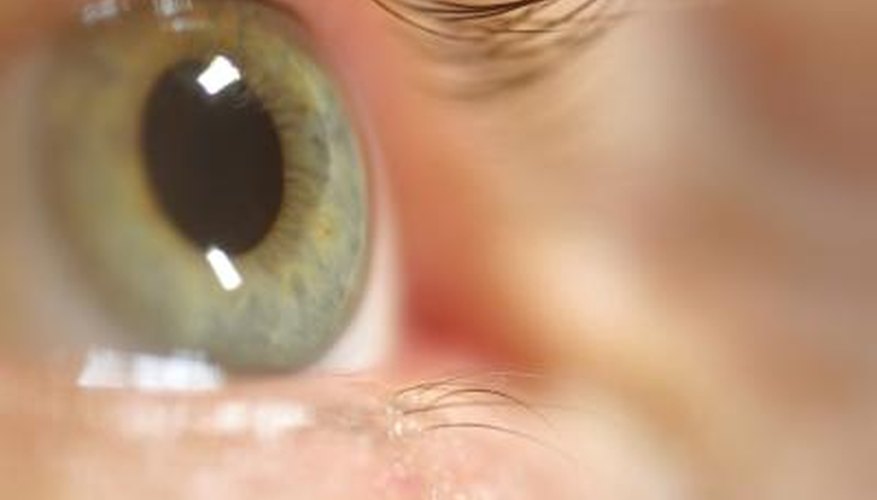Biomaterial is any material that is an integral part of a living organism. The material can be natural or synthetic and includes metals, ceramics and polymers. They mainly are used in the medical field for tissue repair, heart valves and implants. While biomaterials have many advantages and disadvantages, each material is chosen according to the end application such that the advantages outweigh the disadvantages.
Metal
Stainless steel, gold, cobalt-chromium alloy and nickel-titanium alloy are the most commonly metals used as biomaterials. Applications include bone and joint replacements, dental implants and pacemaker cases. The main advantages of metals are that they are strong and are resistant to fatigue degradation. They have shape memory and can be sterilised easily before use. The main disadvantage is that metal can corrode due to chemical reaction with the body enzymes and acids. It also can cause metal ion toxicity in the body.
- Stainless steel, gold, cobalt-chromium alloy and nickel-titanium alloy are the most commonly metals used as biomaterials.
- It also can cause metal ion toxicity in the body.
Polymer
Polymers include collagen, nylon and silicones. They are used in tissue repair, heart valves and breast implants. Polymers are widely used as they can be manufactured to adapt to their use. They are easy to manufacture and modify. They are also biodegradable, which is both an advantage and a disadvantage. Due to the intensive interaction with the body, they can leach, leading to wear and tear. They also can absorb important nutrients and water from the blood.
- Polymers include collagen, nylon and silicones.
- They are also biodegradable, which is both an advantage and a disadvantage.
Ceramics
Alumina, zirconia and pyrolitic carbon are some of the ceramics used as biomaterials in applications such as orthopaedic and dental implants. The main advantage is that they are strong and chemically inert. They have high compressive strength, which is necessary for bone implants. Some ceramic materials are also biodegradable. Difficulty in manufacturing forms the main disadvantage. They also can minimise bone ingrowth. Sometimes, implants can loosen over time and become dislodged.
- Alumina, zirconia and pyrolitic carbon are some of the ceramics used as biomaterials in applications such as orthopaedic and dental implants.
- The main advantage is that they are strong and chemically inert.
Composites
Composites include bioglass-ceramic, allograft and xenograft. They are used in tissue engineering and joint replacements. Because composites are made from two or more materials, the final product combines the properties of all the materials used. The main advantage of composites is that they are strong while being lightweight. They have low density and also are resistant to corrosion. The high cost involved in the manufacture of composites is a disadvantage. In addition, their shape cannot be changed easily.
- Composites include bioglass-ceramic, allograft and xenograft.
- The main advantage of composites is that they are strong while being lightweight.
